The Fascinating World of Water Birds in Mythology
Mythological birds are often heavily associated with various elements, such as the phoenix. That bird burns itself up as it ages and is reborn and is connected heavily with fire and heat. But what about fire’s opposite element, water? Are there any birds that represent the fluidity of water or its constantly changing nature? Or are there any birds that represent ice, a related element?
There are several birds related to both water and ice throughout various mythological traditions. These birds have fascinating stories that make them very interesting to learn about. Let’s take a deep and engaging look at these birds to get a better idea of their unique place in history. We’ll also discuss the unique nature of modern mythology from which some of these creatures come.
A Few Common Water Birds in Mythology
While fire birds are probably more common in mythological traditions, water birds are present in many traditions. Let’s take a look at a few of the most common and exciting ones to get an idea of what to expect. These birds all have fascinating stories that make them well worth knowing. We’ll then discuss ice birds, which is a less-commonly discussed topic, to showcase how these fascinating mythological creatures vary and affect modern mythological ideas.
The Caladrius
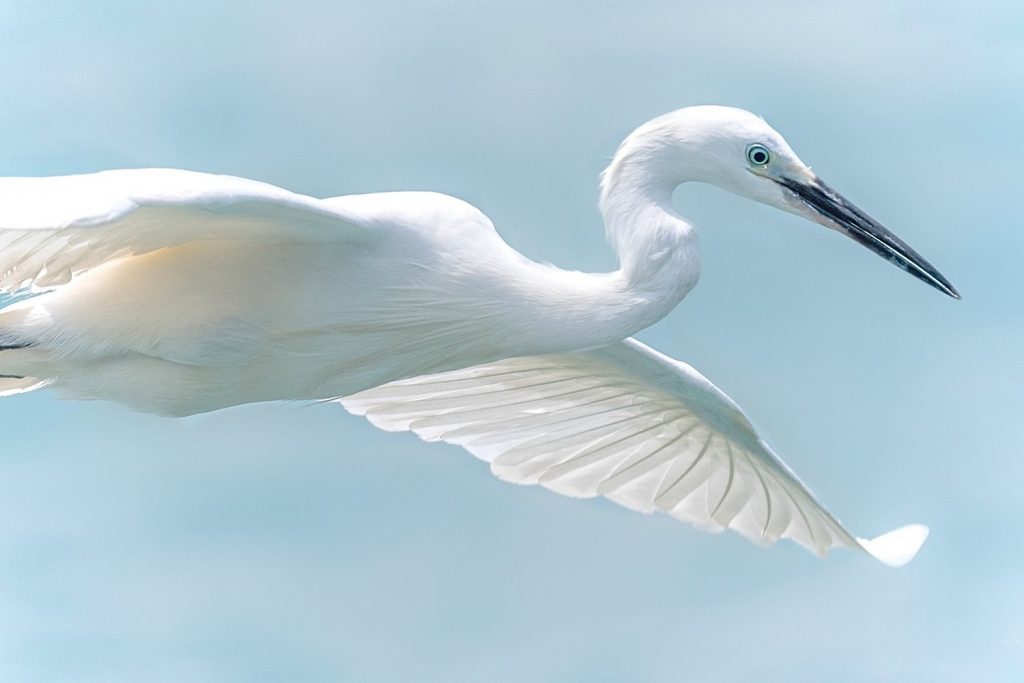
Caladrius is a water bird from Roman mythology that is also heavily connected with sickness and medical treatment. In stories, the Caladrius would appear when a person was sick and would absorb the disease from that person. Doing so would help to cure that person of the sickness and eliminate it from the bird at the same time. Interestingly, the bird also predicted the fate of the sick person.
If The Caladrius looked into the person’s face while treating them, that person would live. If they looked away from that person, they would die regardless of the treatment. Once the Caladrius took the disease out of the person, it would fly to the sun and burn the disease away. Heavily connected with water and the sun, as a result, The Caladrius deserves more attention than it gets from mythology fans.
The Boobrie
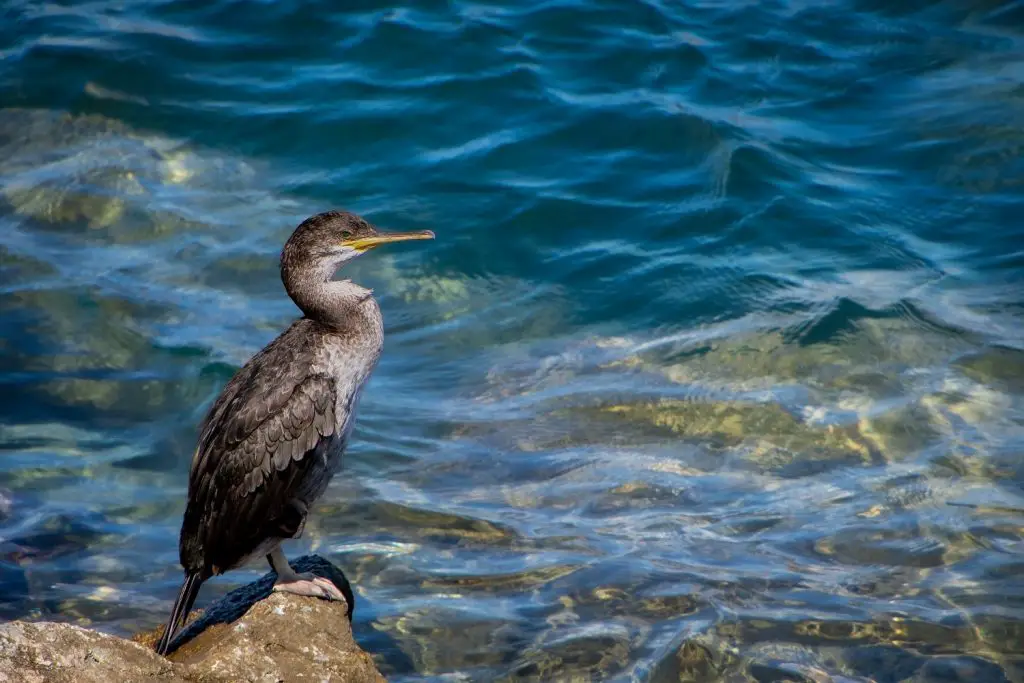
The Boobrie comes from Scotland mythology and is a shape-shifting bird that takes on the form of the cormorant or the great northern diver. It is fascinating because it can also change into other water creatures, such as a water bull. Its watery nature makes it adaptable to many different situations, allowing it to change as needed to suit its unique needs as a creature.
Like many mythological creatures in Scotland, the Boobrie is typically a malevolent creature that attacks various creatures, such as otters. However, it also transforms into giant insects to suck horse blood! Typically, it is described as being bigger than “seventeen of the biggest eagles put together” and has an 11-inch beak that it uses to eat its prey. Typically, their habitat is sea lochs throughout Scotland.
Bird of Paradise
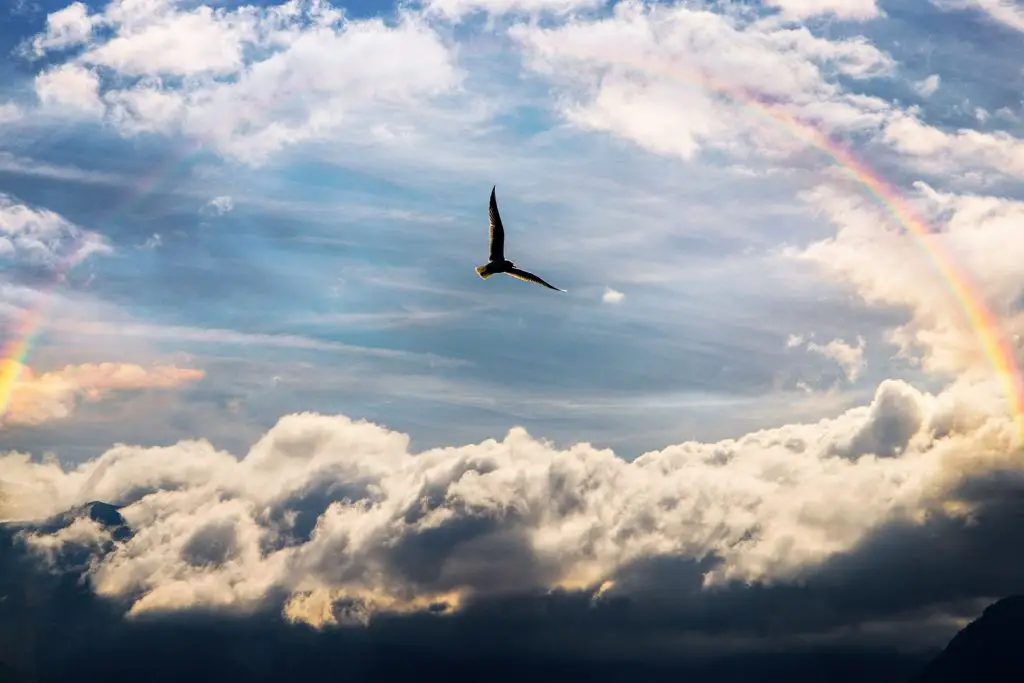
The Bird of Paradise (not to be confused with the real bird with this name) comes from Iran mythology and is called “Huma” in the Arabic language. This name means “water spirit” and is connected heavily to ideas of immortality, like the Fountain of Youth. It is a very brightly colored bird that has all the rainbow’s colors. Its long neck is another distinctive trait, making it look similar to a goose.
This bird remains in flight constantly and never takes a break as it flies. The Bird of Paradise is typically portrayed as a good portent and a positive boon with a high intelligence level. Arabic myths talk of hunters trying to capture or kill the bird and continually failing. That gives it a unique place in this tradition, mainly because it can use supernatural powers to help kind of generous people.
You might also enjoy: Ghost Birds in Mythologies
Some Ice Birds in Mythology
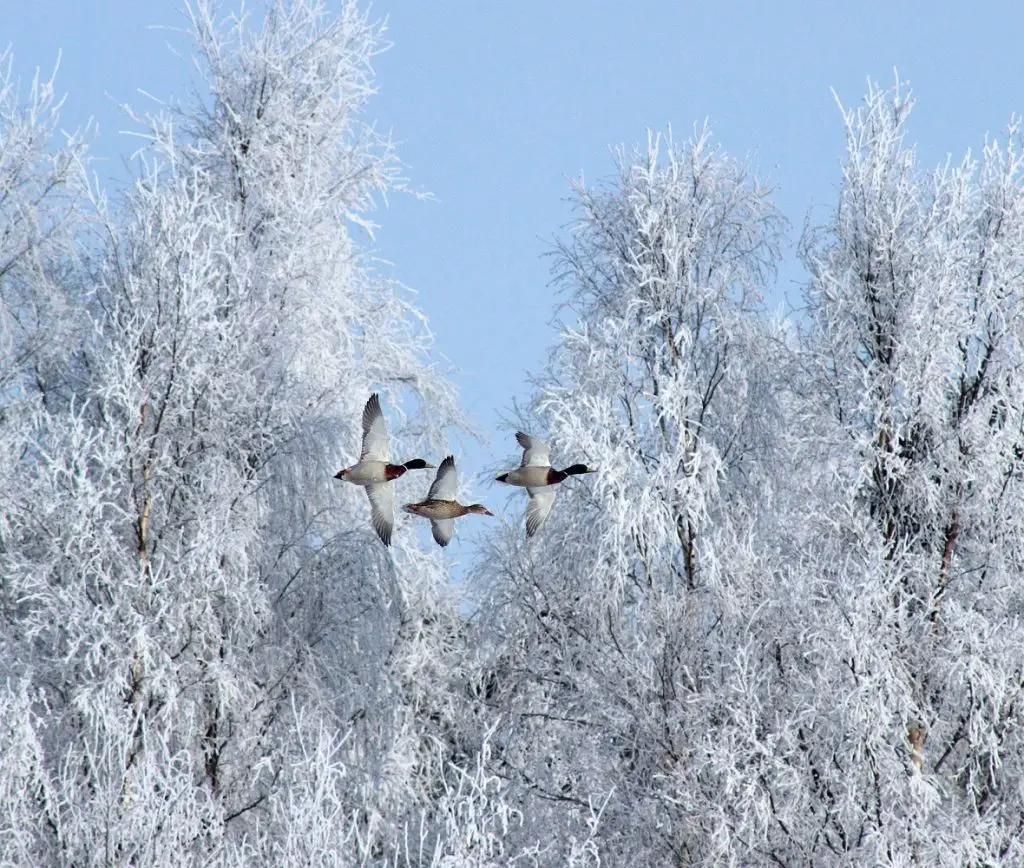
There are fewer ice birds in mythology than water birds, though there are many stories about birds associated with cold. The most popular of these myths probably comes out of Greece and discusses seven daughters. It is one of the most beautiful of all ice bird myths and features a common trope in Greek mythology: transformation into beautiful creatures after a tragic incident.
Alcyonides
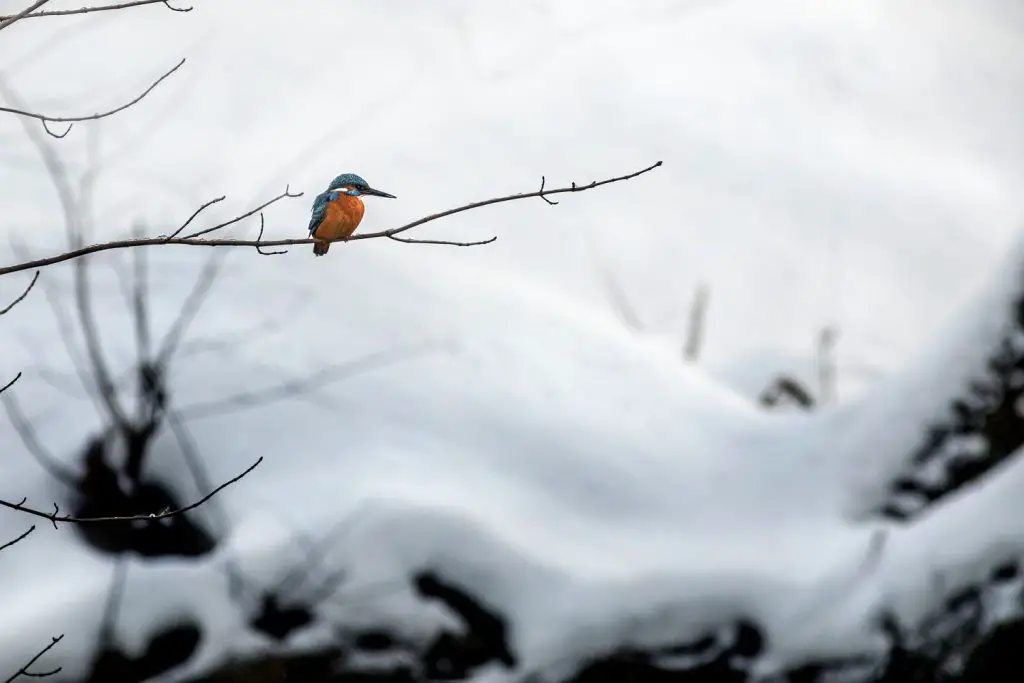
This term refers to the seven daughters of the great giant Alcyoneus. These daughters are named Anthe, Phthonia, Drimo, Methone, Alcippe, Pallene,, and Asteria. When their father is killed, the seven daughters mourn heavily and throw themselves into the sea. The gods take pity on the daughters and transform them into beautiful ice birds, otherwise known as halcyon birds.
Halcyon birds are also called kingfishers, a common bird throughout Greece and much of Europe. The term “halcyon days” comes directly from this myth and refers to the 14 days on each side of the winter solstice. Greek mythology states that these are among the clearest and calmest days, which is when the Alcyonides come back to Greece’s shores to lay their eggs, from which they are reborn.
Kuraokami
Now, Kuraokami are technically dragons but are close enough to birds to make the cut here. Besides, this creature is so beautiful that it’s worth discussing. It is a Shinto deity with a name that means “dark, water dragon patron,” though it is also heavily associated with rain and snow. This dragon and its siblings were born from the blood of the dying Kagutsuchi, the dragon god of fire.
People in Japan prayed to Kuraokami to cause rain and snow, and it is typically considered a positive god. However, he wouldn’t make it rain simply because he received prayers. If his followers wanted to rain or snow for cruel reasons, he would either refuse the offer or damage their crops. For instance, he would send ice to some crops to kill them, showing his wrath to those who would hurt others.
Is There an Ice Phoenix?
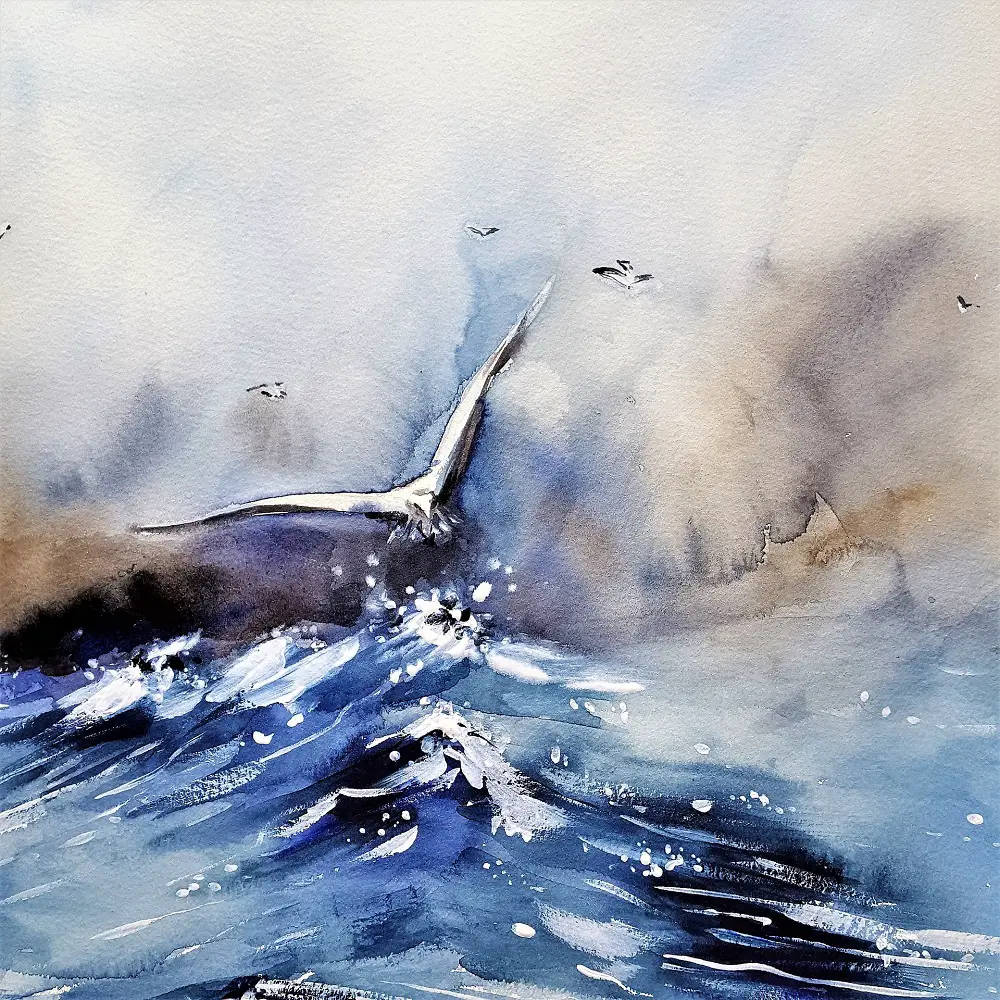
The hacylon birds are probably the closest mythological creature to compare to the phoenix. Though they aren’t reborn in ice as the phoenix is reborn in fire, they do return after laying their eggs during the coldest part of the year. However, modern mythological traditions have created a new creature, the Ice Phoenix, that is interesting to look at as an example of how the modern mind creates new myths.
The Ice Phoenix
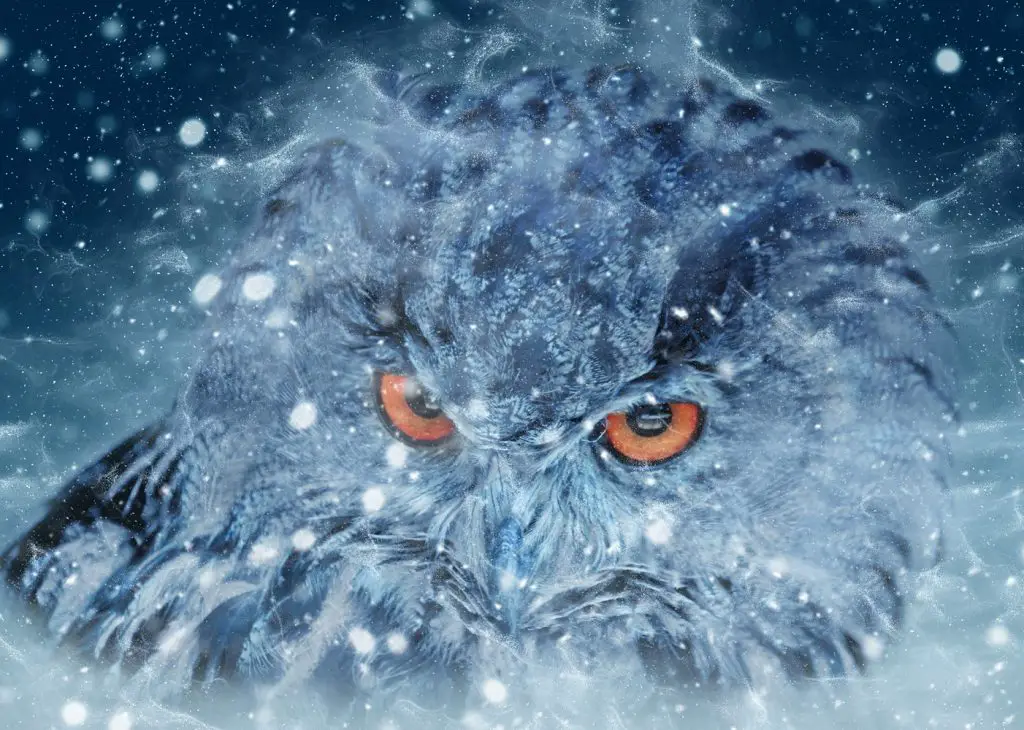
The Ice Phoenix is a mythological creature created on the website Santharia. This site collects people interested in modern mythologies and is inspired heavily by the work of JRR Tolkein. Tolkein was a brilliant writer who drew on ancient mythological concepts to create new ideas. He’s one of the few writers in modern times who can be called a true mythologist.
His many fans create beautiful and fascinating fantasy worlds on this site, producing in-depth stories, countries, creatures, heroes, and villains. The Ice Phoenix comes from the myth of Caelereth and is isolated in far Northern Sarvonia, a country in this fantasy world. They are known to be incredibly independent creatures with magical powers, such as turning into freezing gusts of wind.
The Ice Phoenix looks like a giant, blue phoenix made out of ice. They are typically uniform birds of the same size and shape from one to the next. Within this mythology, they are considered neutral creatures that tend towards benign and positive behaviors. However, like all natural creatures, they can change quickly and may become problematic if they are provoked.
Does the Phoenix Have a Natural Enemy?
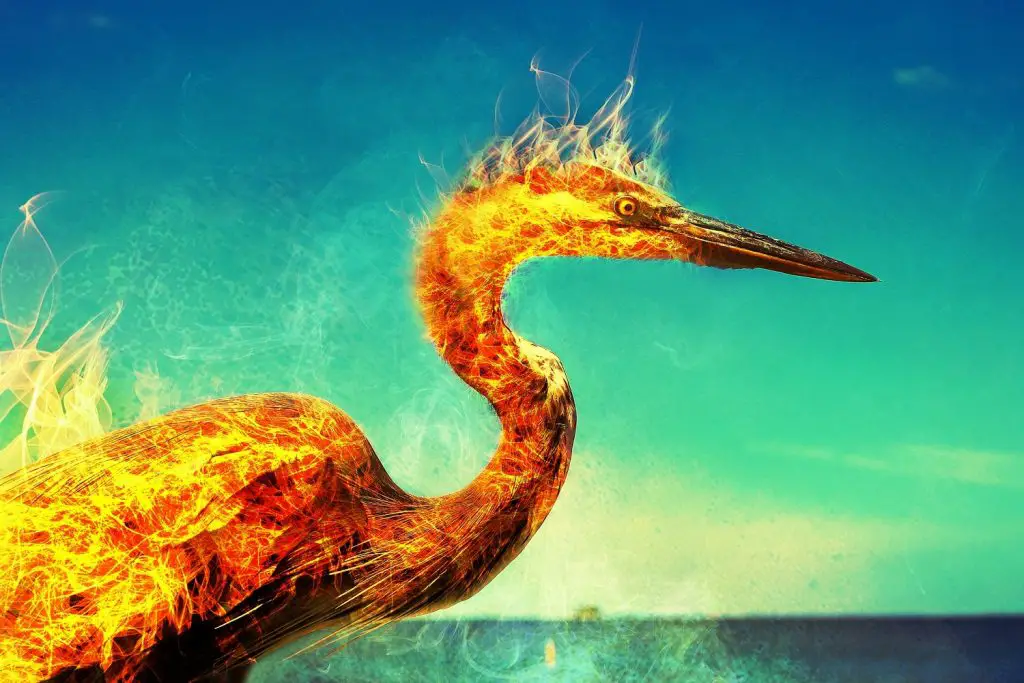
The phoenix is typically the natural enemy of the basilisk, a devastating monster that is born from a toad or serpent’s egg. It is a half-bird and half-snake and the phoenix often engages it in battle when they attack humans or others. Often, many phoenix myths center around this bird dying fighting this creature and being reborn in a blaze of fire. It is a beautiful image that is one of the most popular of all myths.
References: